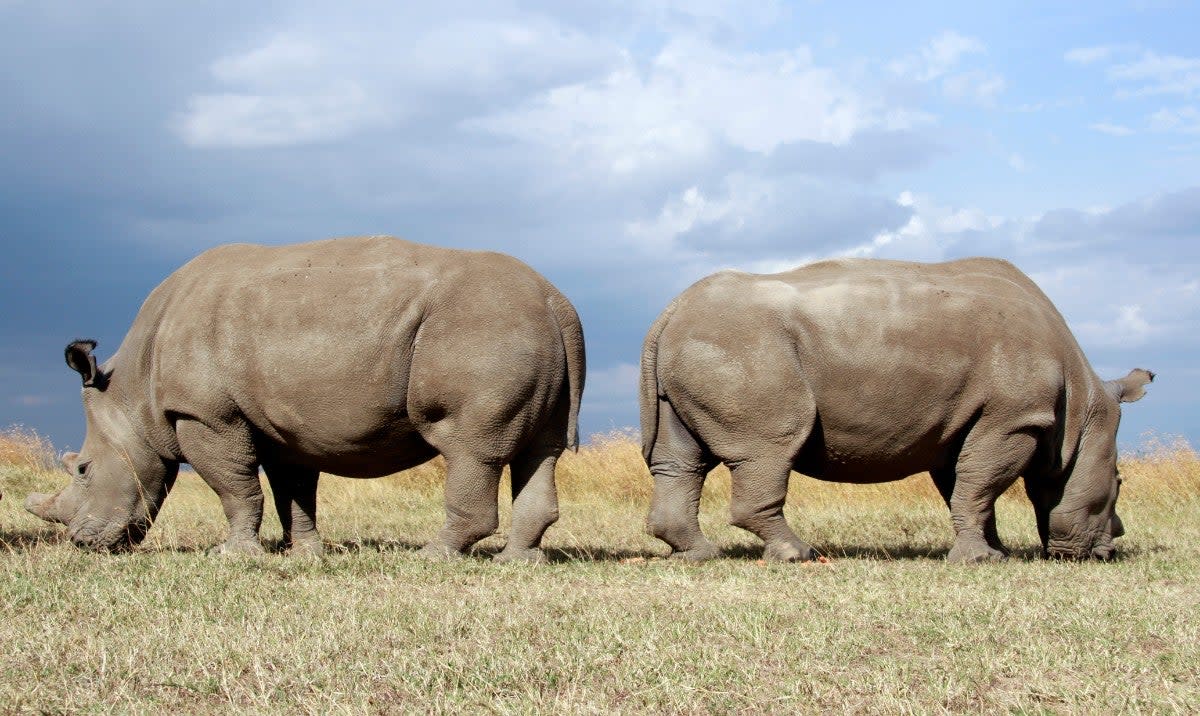Terrifying wildlife losses show the extinction end game has begun – but it’s not too late for change

I was in tears after I read the latest Living Planet Report (LPR) on the state of the remaining global wildlife populations. Its findings reveal the wanton ecocidal destruction humans are wreaking on the remaining scraps of wildlife left on our shared planet. And what is left of nature is in a truly terrifying meltdown.
The biennial report, by the WWF and the Zoological Society of London, found that we had lost 68 per cent of all remaining wild vertebrate populations since 1970. Terrifyingly, that’s 8 per cent more than the 2018 LPR report had thought. By vertebrates, they mean total populations of all the wild fish, mammals, birds and amphibians that remain in the wild.
I am going to repeat those words, as the reality it represents is just too devastating to comprehend from being said once. Humanity has destroyed 8 per cent more of all remaining wildlife vertebrates than we thought just two years ago.
The report does not cover total global insect or soil organism populations, but it does indicate that the insect world, after decades of being drenched in toxic agricultural chemicals and habitat loss, may be in an even worse state than the vertebrates.
But it gets worse. The LPR statistics are always four years behind, due to the enormous task of collating wildlife population statistics from across the world. Thus, the reported 68 per cent loss of vertebrates takes us up to 2016 only. The real figure could therefore be even higher.
Mike Barrett, executive director of science and conservation at WWF UK, told this column: “The last four years have been a catastrophic period for biodiversity, with devastating wildfires and deforestation killing millions of animals across Siberia, Australia, western US and the Amazon.”
As humanity continues with business as usual, Barrett added, “we are losing species at a rate that is consistent with a global mass extinction event, where you may lose over 80 per cent of known species. The way we produce and consume food are the main drivers of biodiversity loss and yet we have done nothing to tackle them.”
We are now likely to be well above 70 per cent losses. So how did humanity bring us to this extinction end game?
At the beginning of the 20th century, two huge changes happened. With the invention of modern medicine, and with increased prosperity and food availability from the industrial revolution, human populations started to soar and the per capita consumption of meat and resources also started to rise rapidly.
When my father was born in 1900, there were just 1.6 billion people on the planet. There are now 7.8 billion. That is a 480 per cent increase, with 9.7 billion predicted by 2050.
The real destruction since the beginning of human agriculture has been driven by the clearing of wildlife habitats to create land for food to feed just our one species: humans. 75 per cent of all land not under ice has now been impacted by human activities.
There was a chilling diagram in the David Attenborough documentary Extinction: The Facts, which graphically brought home how our species has become the ultimate locust plague on Earth, devouring all before us.
The graph showed humans alone made up 36 per cent of the total number of mammals, while livestock animals reared to feed our single species were 60 per cent, and all remaining wild mammals represented a tiny 4 per cent. So, humans and the livestock we rear to feed us, make up a staggering 96 per cent of all mammal mass now on the planet.
The documentary stated that the conversion of land for beef to feed humans is the single greatest cause for wildlife destruction. So, what should we do?
Firstly, we should put our own house in order and invest the necessary billions of pounds in restoring Britain’s decimated forests, wetlands and peat bogs, and eliminate agricultural chemicals. We should make it illegal for companies to import any product grown on cleared forests or which damages global biodiversity. We also need to radically reduce meat, chicken and dairy consumption.
Our governments must use foreign aid to not only help protect and restore wildlife in the global south, that our imports are destroying, but to also support education, family planning and economic empowerment as a right to all women across the globe. This is the key element to enable parents to voluntarily choose smaller families and tackle the population explosion threatening the remaining scraps of rainforest and wildlands with conversion to agriculture. We must abandon the consumer society and adopt a low-consumption, repair and recycle economy.
The extraordinary thing about nature is that even if wildlife populations are driven to near extinction, if the necessary investments in time, community and habitat are made, they can be pulled back from the edge and in time thrive, as the Attenborough documentary movingly showed is happening to the gorilla population in central Africa.
But we need a total mobilisation by civil society and governments now, not by 2050 as this week’s global UN summit suggested, if we are to avoid losing what remnants of our precious natural world are left.
Read more
Biodiversity crisis: 40% of world’s plants now at risk of extinction, major report finds


